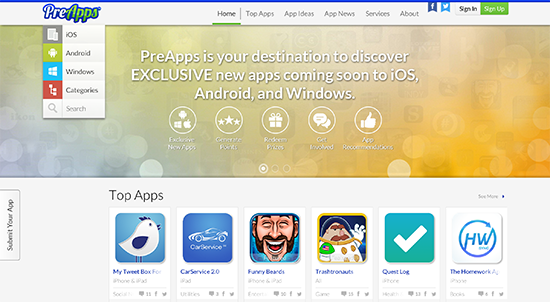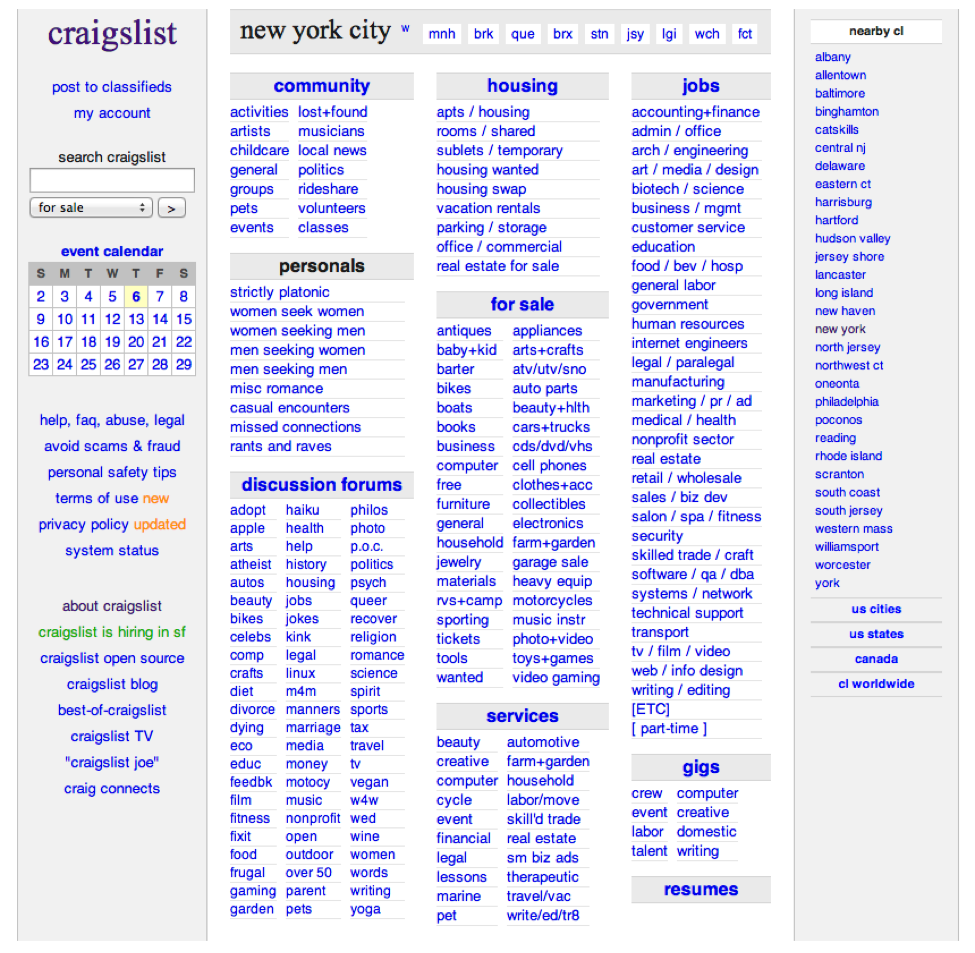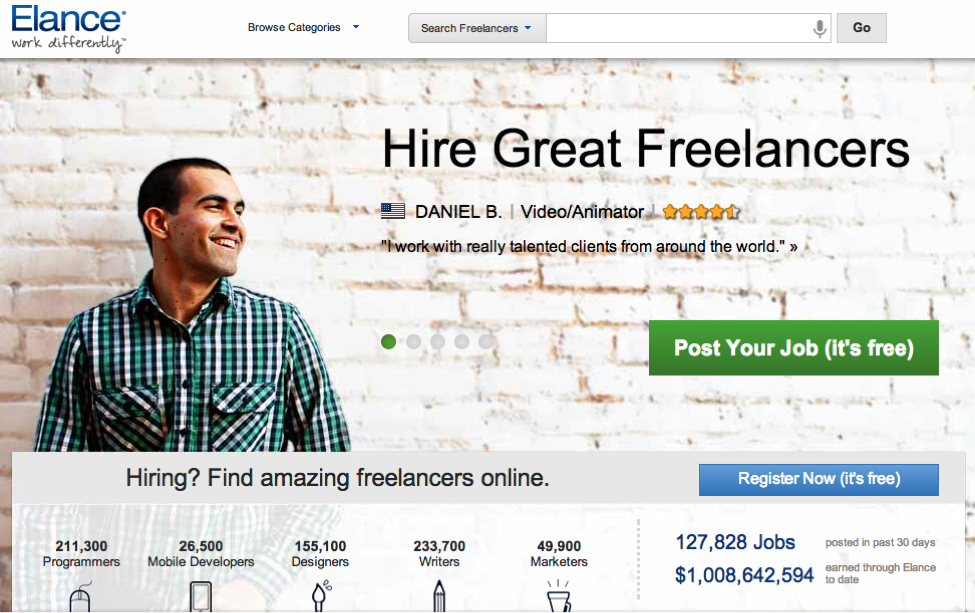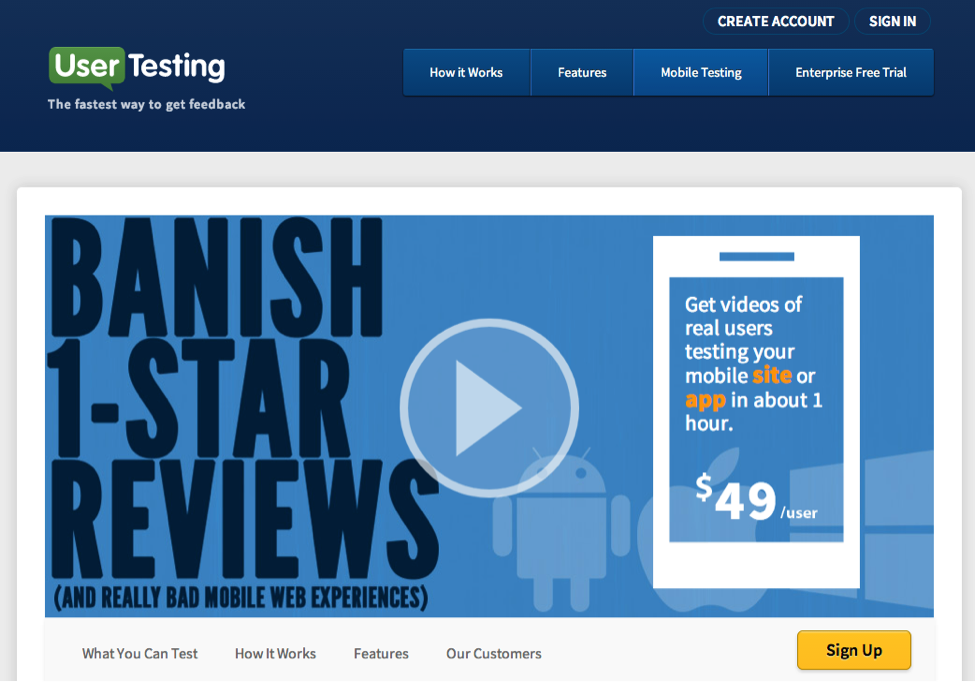Prediction 1: The Convergence of Loyalty with Mobile Payments
Mobile wallets have failed to take off in the marketplace due to a combination of factors, including consumer fears around privacy and security, an uninformed consumer base, an absence of the needed infrastructure and the convenience of already established payment methods. In order to encourage wider adoption and ensure high usage, mobile payment players will have to provide a value add, which could come in many forms, including monetary savings, improved security, ease of use or increased loyalty. Of all these potential benefits, mobile-driven loyalty may be the greatest factor with the potential to drive consumer adoption of mobile payments.
Although still very much in the early days, the integration of mobile wallets with value-added services has become almost a prerequisite for the success of any mobile payment app. One of the more successful mobile wallets to date comes from the coffeehouse giant, Starbucks Corp., which integrates its popular rewards program with its prefunded QR-code based mobile app. Another real-world example of a loyalty-led mobile payment app is the telecom-led mobile platform Isis. Although still in the early days of nationwide deployment in the US, early results have shown greater adoption for those that signed up for the attached loyalty programmes. The future consumer adoption of mobile payments will be directly related to the type value add that consumers receive from using their mobile phone. It is likely that the payments industry will see more of these loyalty-driven mobile apps in the near future. In fact, it is likely that over the course of the next year that no conversation around mobile payments will be complete without a mention of the role of loyalty.
It’s important to note that the definition of loyalty is evolving and in the future loyalty will be about than just more points and miles. Moving forward, loyalty driven mobile payment initiatives will be about one-to-one customer engagement and the individual consumer experience that today's shoppers want and expect. Mobile devices will be central to the mission of providing a highly individualized consumer experience because such devices are able to determine the context and relevancy that will drive a more gratifying consumer experience. Ultimately, mobile payments will be as much about the exchange of payments as it is the consumer relationship around the payment transaction.
Prediction 2: Banks will Add Payment Functionality to Mobile Apps
Many banks offer mobile banking apps that feature a range of basic services, including the ability to check balances, view transactional history and transfer money between accounts. Consumers have shown a definite willingness to use mobile functionality to execute certain financial tasks when the app has proven to be easy to use and add value to their life. It’s likely that within the next year that banks will begin to incorporate payments within these mobile apps, too.
There are already a couple of examples of where this concept is in the works. The Commonweath Bank — one the big four Australian banks — recently announced such an update to its m-banking app that will give customers the ability to make proximity payments using their mobile phone. In early 2014, five major UK financial institutions committed to embedding the Zapp mobile payments technology within their mobile banking apps. Zapp will enable the 18 million consumers at HSBC, First Direct, Nationwide, Santander and Metro Bank to make in-store and online purchases all from within their mobile banking apps.
A single bank-branded mobile banking and payment app makes a lot of sense because consumers already extensively use the apps to execute transactions so payments are a natural next step. In addition, these mobile apps also will cement a consumer’s relationship with a specific retail bank brand by increasing the consumer’s usage across all of the bank’s products and thus making it less desirable for a consumer to switch between retail bank brands. Bank-branded mobile banking and payment apps likely will become a popular offering by the world’s largest financial institutions in the near term. Perhaps, the bigger win for the mobile wallet war is that these mobile banking apps have conditioned consumers to trust their mobile phone with parts of their financial life.
Prediction 3: Continued Evolution of the POS Terminal
The payments industry is entering a new frontier at the POS terminal. There is a myriad of choices for consumers and retailers alike with NFC-enabled mobile wallets and others in which the payment is executed by QR codes, Bluetooth Low Energy or even sound waves. There are wallets from traditional payment providers and other options from payment entrants. In addition, there are also mobile POS devices that are enabling one-man shops or small businesses to accept card payments for the first time without having to establish a merchant account through traditional card networks. However, one of the biggest developments in this space has been the advent of cloud computing.
Slowly the payments industry is shifting from the clunky cash registers from yesteryear to a more streamlined approach that likely involves a tablet operating on a cloud-based platform. The arrival of cloud computing gave birth to the possibility of a POS system that could be deployed and accessed directly from the internet using any internet browser. Cloud-based POS systems are different from traditional POS systems, largely because user’s data, including sales and inventory numbers, are not stored locally, but in a remote server. Retailers no longer had to go to specific POS terminal at a specific store to access information from that device. Cloud-based POS also opened the door to a full POS system on mobile devices, including mobile phones and tablets.
That being said, the retail industry is in the very early stages of moving to the cloud. It has not yet happened because of the long lifecycle of the Windows-based POS systems. However, this transition will be sped up by a looming April deadline when Microsoft will stop supporting Windows XP, which has been the most popular operating system in the last 12 years. As a result, any POS terminals using Windows XP will be out of PCI compliance, which means the retailer will have to upgrade to a new Windows operating system or migrate to another operating system, which will likely be tied to the cloud. This deadline will open the door for competing systems, including the numerous aspiring cloud-based software providers that have recently entered the market.
Prediction 4: Consumers More Open to Credit Cards Again
The recovery of the global economy following the financial crisis of 2007 and 2008 has caused some consumers to shift their payment habits. While some consumers remain thrifty and cautious with their spending, others that have continued to see their disposable income grow have become more comfortable with once again relying on credit cards to help manage their big-ticket purchases and even month-to-month spending. Credit cards, which were the leading card payment type globally dating back to the industry’s birth in 1950, was overtaken by debit cards in 2010 as consumers became increasingly aware of their debt obligations, and thus debit cards became an attractive means to manage expenses.
This gradual loosening of the wallets has led to the normalization of debit card spend as credit regains some of its former momentum. Debit card transactions will continue to outpace credit globally in terms of both overall spend and growth in 2014, but consumers are expected to increase spend on credit cards in 2014 as compared with the most recent years. The growth of credit card transactions in constant terms will jump from 6.1% in 2013 versus 7.4% in 2014. Meanwhile, the growth of debit card transaction volume is expected to remain steady in 2014 at 8.7% and drop from there through at least 2018 when Euromonitor projects a year-over-year growth rate of 5.7%. The bump in credit card transactions in 2014 will be driven by a rise of average discretionary incomes and consumers settling back into their old habits and changing perceptions of credit cards.
Prediction 5: Move to Open-Fare Transit Systems will Boost Pre-Paid Category
The modernization of the transportation systems and the implementation of a pre-paid card-based ticketing system have boosted the pre-paid category in many markets. Transportation cards, which are the second largest portfolio of closed loop pre-paid cards, are expected to continue to add significant volume as more transit systems exit the payments business altogether and adopt an open loop system. These so-called open-fare payment systems are part of a larger trend in which transit agencies are moving beyond costly, proprietary magnetic-stripe fare tickets or even the older tokens or cash.
In an effort to reduce labour costs and reduce the agency’s role in managing fare operations, transit systems are partnering with payment processors and banks to collect the fares. Public transit systems are partnering with international schemes to convert the traditional closed-loop payment system to an open-loop networks to not only improve the consumer offering, but also to establish a new revenue stream. In addition, open-fare transit makes it easier for agencies to work with each other since Visa, MasterCard and American Express are automatically interoperable with other systems.
One such open-fare system launched in Chicago this autumn. The Chicago Transit Authority (CTA) awarded a 12-year contract to Cubic Transportation Systems to upgrade its Chicago Card system from a closed-loop system to an open-fare collection system based on contactless and NFC standards. The new system dubbed Ventra features two new ways to pay fares. Riders can use a closed-loop prepaid contactless Ventra fare card, which also carries a MasterCard logo that means it could be used for open-loop retail payments, if users activate the optional account. Secondly, users can tap to pay with their open-loop contactless credit or debit bank cards. There are similar systems globally, including the E-Z Link M1 Pre-paid MasterCard in Singapore, MasterCard Muvo in Duban, South Africa and the Citibank Municipal Card in Warsaw and Wroclaw, Poland.










